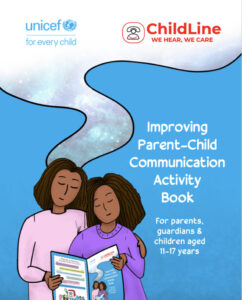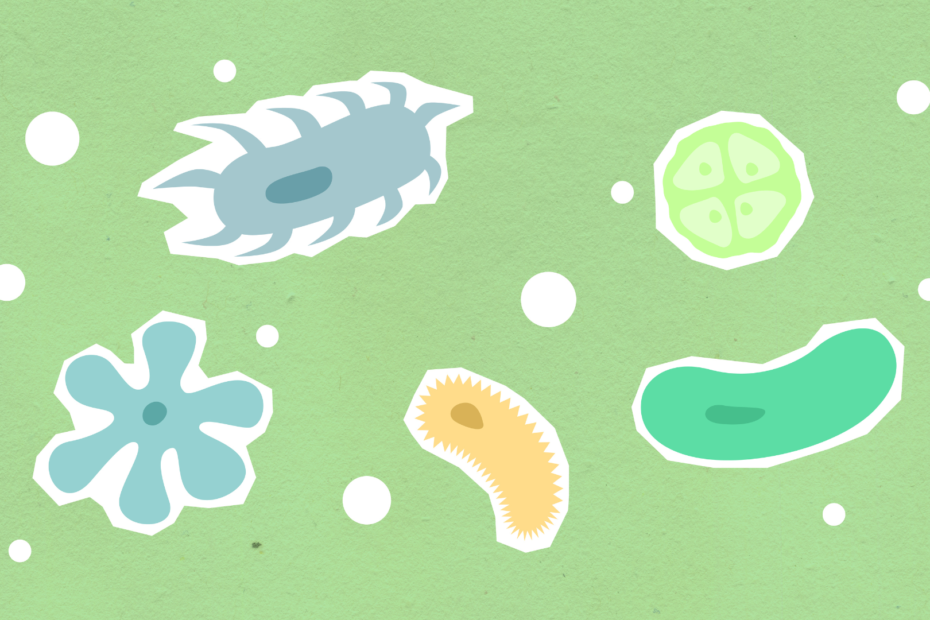What is an STI?
A Sexually Transmitted Infection (STI) or Sexually Transmitted Disease (STD) is an infection which has been transmitted among humans through sexual activity such as vaginal sex, anal sex and oral sex. However, some STIs are spread through skin-to-skin contact with an infected area or improper hygiene such as the shared use of needles/syringes.
Different types of STIs
There are many different types of STIs. These include:
- Syphilis
- Pubic Lice (also known as Crabs)
- Gonorrhoea
- Herpes
- Chlamydia
- Hepatitis B
- Genital Warts
Syphilis
Syphilis is a STI caused by bacteria. It has often been called “the great imitator” because so many of the signs and symptoms are similar to those of other STIs. It is also called “bad blood” or “pox”. Syphilis is passed from person to person through direct contact with syphilis sores. Sores occur mainly on the external genitals, vagina, anus, or in the rectum. Sores also can occur on the lips and in the mouth. Pregnant women with the disease can pass it on to the babies they are carrying. Syphilis cannot be spread through contact with toilet seats, doorknobs or swimming pools.
Signs of Syphilis
Syphilis is broken into primary, secondary, late and latent stages.
- In the primary stage there may be a single sore or multiple sores.
- The secondary stage is characterized by skin rash on one or more areas of the body.
- The hidden stage of syphilis begins when primary and secondary symptoms vanish. Without treatment, the infected person will continue to have a syphilis infection even though there are no visible signs or symptoms.
Treatment for Syphilis
In its early stages, syphilis is curable by an antibiotic called penicillin. However, if a person has been infected for a longer time, they would need additional injections of penicillin and to stay away from sexual activity until all the sores have cleared up.
Pubic Lice (Also known as ‘Crabs’)
Pubic lice or Crabs are an infestation of a particular form of lice. They look like little crabs and are grey in colour but become brownish-red when filled with blood. They are commonly found in pubic hair but can occur on any part of the body such as the chest, beard, eyelashes and head and can live for up to 30 days. Commonly, pubic lice is spread through sexual contact in adults. Sometimes, pubic lice may be spread by close personal contact or contact with articles such as clothing, bed linens, or towels that have been used by an infected person.
Signs of a Crab infestation
- Itching in the genital area, especially at night;
- Bluish or reddish spots on thighs v
- Visible lice eggs and crawling lice
Treatment for Crabs
Once diagnosed, a lice-killing lotion or cream should be applied to the affected areas. Although easily treatable, it can cause some discomfort for a few days after treatment.
Gonorrhoea
Gonorrhoea also called “runnings” or “clap” is a very common infectious disease, especially in Trinidad and Tobago. It is caused by a germ called gonococcus and is transmitted through vaginal, anal, and or oral sex with an infected person. Gonorrhoea can also be spread from mother to baby during delivery.
Signs of Gonorrhoea
Symptoms may take two to five days to appear but may even take as long as thirty days. Men who have been infected with gonorrhoea experience a burning sensation when they pass urine and a white, yellow or green pus-like discharge. Some females feel burning when they pass urine, and some get a pus-like discharge, but the majority have no symptoms and do not know they have the infection. If a pregnant woman is infected, she can pass it on to her baby while giving birth. This can cause blindness, joint infection, or a life-threatening blood infection in the baby.
Treatment for Gonorrhoea
Gonorrhoea can be treated by using antibiotics if it is detected early. However, in recent years, drug-resistant strains of the disease have made treatment difficult. If left untreated, it can cause serious health problems such as sterility in men and Pelvic Inflammatory (PID) disease in women.
Herpes
Herpes has two forms. One type (HSV1) causes blisters around the mouth. The other (HSV2) causes sores on or around the genitals and is related to the first. It is very common and is transmitted through sexual intercourse and oral sex but unlike other STIs, physical contact with the two types can cause the disease to spread to other parts of the body. Signs of Herpes The symptoms include burning, itching, or tingling at the site, before the appearance of water blisters which eventually burst and form painful, shallow sores. These sores clear up after about 1-2 weeks and slowly disappear. At this point the virus becomes dormant. Men experience painful and swollen glands in the groin and pain or burning when urinating. Women may develop sores inside the vagina or on the cervix. Some women may not know that they are infected. Babies who are born of mothers with herpes usually have severe brain damage and/ or may die. Women who have genital herpes may also develop cervical cancer.
Treatment for Herpes
There are treatments for herpes to help decrease the number of outbreaks but there is no cure for it. Even though the sores and blisters may heal, the virus remains in the body and outbreaks will continue.
Chlamydia
Chlamydia is a common sexually transmitted disease (STD) caused by bacteria which can damage a woman’s reproductive organs. It is transferred through sexual intercourse or from mother to baby during the birth process.
Signs of Chlamydia
It is generally symptomless at first but as the disease progresses the number of symptoms increases such as:
- Odourless discharge
- Burning during urination
- Heavy periods
- Painful intercourse
- Lower abdominal cramping and pain
- Pelvic Inflammatory Disease (PID)
- Sterility and tubal pregnancy
Treatment for Chlamydia
Chlamydia can be cured with antibiotics but it is important to take the full course of medication properly. Sexual partners of the infected person should also be treated even if they do not show symptoms.
Hepatitis B
Hepatitis B is a virus that infects and damages the liver and may lead to serious illness and even death.
Signs of Hepatitis B
The virus is found in all fluids of infected people, including; blood, semen, vaginal secretion, and saliva and can be passed on by anybody who has it. It is passed on through close personal contact, especially sexual contact, sharing needles used for drugs or from an infected mother to her baby during childbirth. Symptoms include:
- Yellowing of the eyes and skin
- Dark-coloured urine
- Stool that becomes lighter in colour
Treatment for Hepatitis B
There is no cure nor is there any effective treatment for it but it can be prevented through immunization. Safer sex practice does not guarantee protection against hepatitis B.
Genital Warts
Genital warts are caused by the Human Papilloma Virus (HPV). Warts that are visible look like hard lumps or a cluster of fleshy bumps. If left untreated they can grow large enough to block the vaginal, urethral, or rectal openings.
Signs of Genital Warts
Genital warts can be found on the bottom of the vaginal opening, on the cervix, or around the anus where they can be mistaken for haemorrhoids. On males, genital warts can be found towards the tip of the penis, under the foreskin, along the penis or on the scrotum. Genital warts can be contracted through vaginal or anal intercourse with an infected partner. It is highly contagious and the incubation period is long (3 weeks to six months).
Treatment for Genital Warts
There is no treatment that can completely eliminate genital warts once a person has been infected. Often outbreaks of genital warts will become less frequent over time until the body naturally clears the virus and the warts disappear of their own accord. A doctor can give patients various treatments to clear genital warts, but they may reappear even after treatment.
Resources








